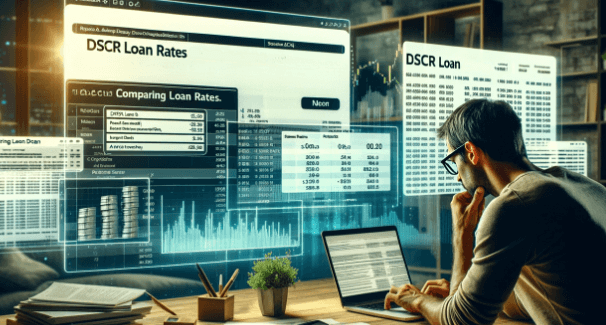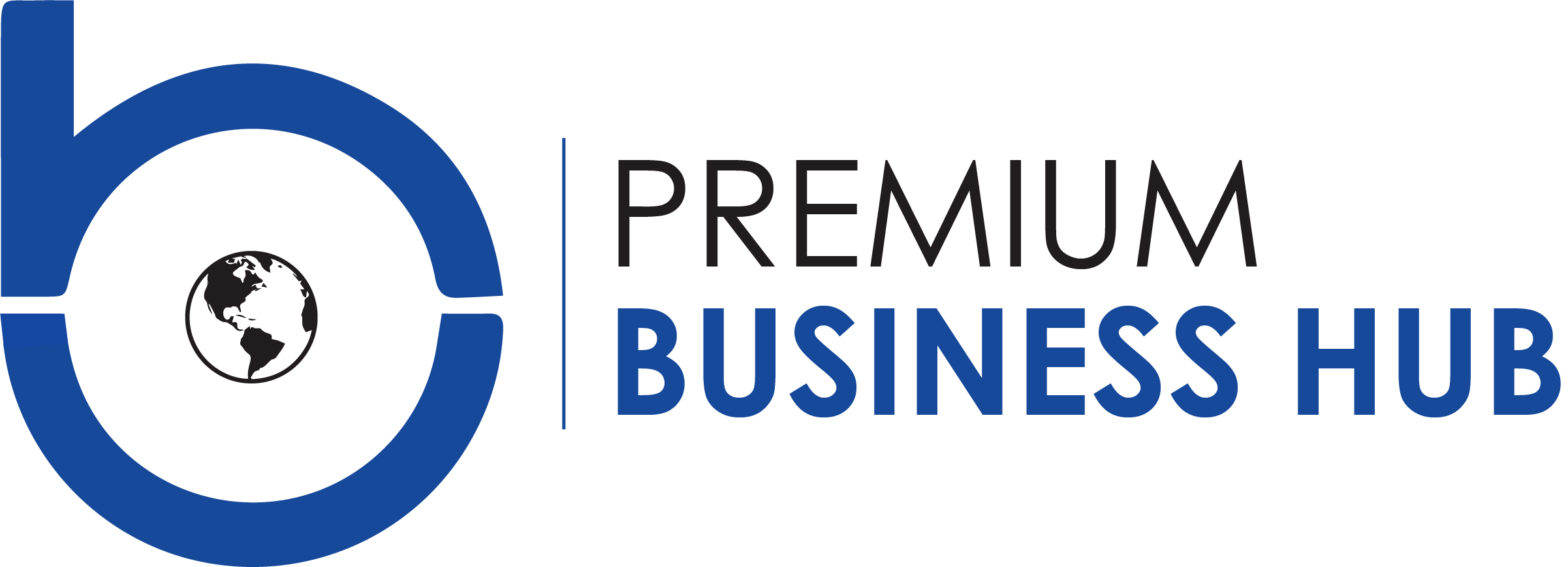DSCR Loan Trends: What to Expect in the Coming Years

The Debt Service Coverage Ratio (DSCR) Loan has become an increasingly popular choice among real estate investors and business owners seeking flexible financing options. As we navigate a complex economic landscape marked by fluctuating interest rates, evolving lending standards, and shifting investor priorities, it’s essential to understand how DSCR loans are currently trending and what the future may hold for this financial product. This blog explores the latest trends in DSCR loan and provides insights into how the market and lending criteria might evolve in the coming years.
Understanding DSCR Loans
Before diving into the trends, it’s crucial to understand what a DSCR loan is. A DSCR loan measures a borrower’s ability to cover debt obligations using their net operating income. In simple terms, it’s a way for lenders to assess the financial health of a business or investment property by comparing its income to its debt. A higher DSCR indicates that the borrower has a more significant income relative to their debt, making them a lower risk for lenders.
Current Trends in DSCR Loans
- Increased Popularity Among Real Estate Investors
One of the most notable trends is the growing popularity of DSCR loans among real estate investors. As traditional lending standards have tightened in response to economic uncertainties, many investors find DSCR loans a more accessible and flexible financing option. These loans are particularly appealing because they often do not require the borrower to provide extensive documentation of personal income, focusing instead on the income generated by the investment property.
- Rising Interest Rates and Their Impact
With central banks around the world gradually increasing interest rates to combat inflation, DSCR loans are also experiencing adjustments in terms and conditions. Higher interest rates typically lead to higher borrowing costs, which can impact the demand for DSCR loans. However, because these loans are based on the income generated by the property rather than the borrower’s personal financial situation, they continue to be attractive in a rising rate environment. Investors are increasingly leveraging DSCR loans to manage their portfolios more effectively, balancing higher costs with potential high returns on their investments.
- Evolving Lending Criteria
Lenders are becoming more discerning in their criteria for DSCR loans. With economic conditions remaining volatile, there is a noticeable trend toward more rigorous assessments of a property’s income-generating potential. This shift includes a deeper analysis of market trends, property management quality, and the sustainability of rental incomes. As a result, properties with stable, predictable income streams are becoming more favorable candidates for DSCR loans.
- Greater Flexibility in Loan Structures
Another emerging trend in DSCR loans is the increased flexibility in loan structures offered by lenders. As competition among lenders intensifies, many are willing to customize loan terms to suit the unique needs of borrowers. This flexibility can include variable interest rates, longer repayment periods, and even interest-only payment options for a certain period. This trend is expected to continue as lenders aim to attract more borrowers by offering tailored financial solutions.
See also: AI Use Cases in Banking and Finance
Predictions for the Future of DSCR Loans
As we look toward the future, several factors will likely influence the evolution of DSCR loans. Here are some predictions on how the market and lending criteria may evolve in the coming years:
- Integration of Technology in Underwriting Processes
The financial industry is increasingly adopting technology to streamline operations and enhance decision-making processes. In the realm of DSCR loans, we can expect technology to play a more significant role in underwriting processes. Advanced algorithms and data analytics will likely be used to assess property income potential more accurately, predict market trends, and evaluate borrower risk. This integration will enable lenders to make quicker, more informed decisions, potentially reducing the time required for loan approvals and increasing the overall efficiency of the DSCR loan market.
- Increased Demand for Sustainable and Green Investments
Sustainability is becoming a crucial factor in real estate investments. As investors become more environmentally conscious, there will likely be a growing demand for DSCR loans to finance sustainable and green properties. Properties with energy-efficient features or those that adhere to green building standards may see more favorable loan terms due to their long-term cost savings and attractiveness to eco-conscious tenants. Lenders may also start incorporating environmental, social, and governance (ESG) criteria into their underwriting processes, further influencing the future landscape of DSCR loans.
- Enhanced Regulatory Oversight
As the DSCR loan market grows, there may be increased regulatory scrutiny to ensure stability and transparency. Regulatory bodies could implement stricter guidelines around lending practices, particularly concerning underwriting standards and risk management. Such measures would aim to mitigate the risk of defaults and protect the interests of both lenders and borrowers. Enhanced oversight could also foster greater confidence in the DSCR loan market, encouraging more investors to consider these loans as a viable financing option.
- Emergence of New Market Segments
As DSCR loans become more popular, we may see the emergence of new market segments tailored to specific borrower needs. For example, niche products could be developed for different types of properties, such as commercial real estate, multi-family units, or short-term rentals. Additionally, there may be more DSCR loan products designed for borrowers with unique financial profiles, such as self-employed individuals or those with non-traditional income sources. The diversification of DSCR loan offerings could make them even more accessible to a broader range of investors.
- Focus on Rental Market Stability
The stability of the rental market will continue to be a key factor influencing DSCR loan trends. Given that these loans rely heavily on the income generated by rental properties, any shifts in rental demand, vacancy rates, or rental prices will directly impact the DSCR loan market. In the coming years, we may see lenders placing a greater emphasis on properties located in areas with stable or growing rental markets. Additionally, properties with long-term leases and high tenant retention rates could be more attractive to lenders, as they provide a more predictable income stream and lower risk of default.
See also: AI Use Cases in Banking and Finance
Conclusion
The future of DSCR loans is shaped by a combination of economic, technological, and regulatory factors. As interest rates fluctuate, lending criteria evolve, and investor priorities shift, DSCR loans are expected to remain a versatile and attractive financing option for real estate investors and business owners. With increased flexibility in loan structures, the integration of technology, and a focus on sustainability, the DSCR loan market is poised for continued growth and adaptation in the coming years.
For investors looking to leverage DSCR loans, staying informed about these trends and understanding how they might impact their investment strategies will be crucial. By keeping a close eye on the market and being proactive in their approach, investors can maximize the benefits of DSCR loans and navigate the future landscape of real estate financing effectively.




